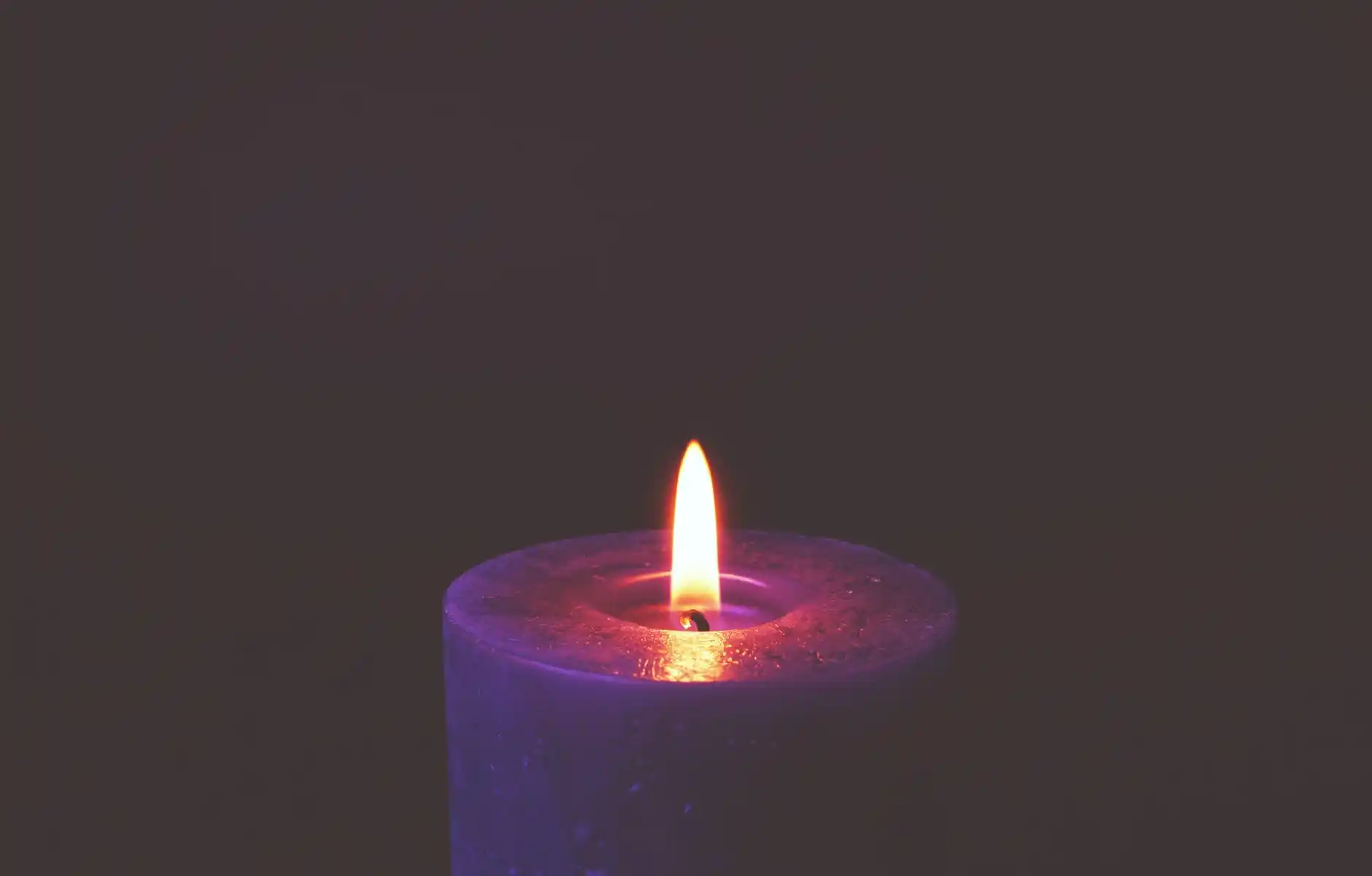Tag: Candle Meditation
-

Wax will Glow—Candle Meditation
Candle Meditation to illustrate the basic principles of Viktor E Frankl’s Logotherapy and Existential Analysis.

Candle Meditation to illustrate the basic principles of Viktor E Frankl’s Logotherapy and Existential Analysis.